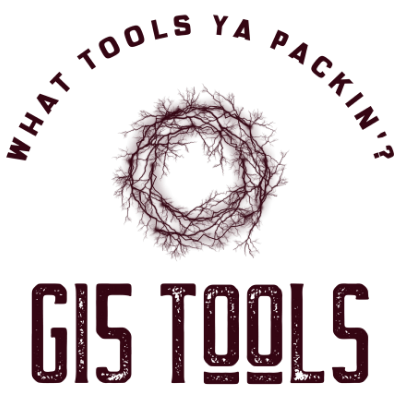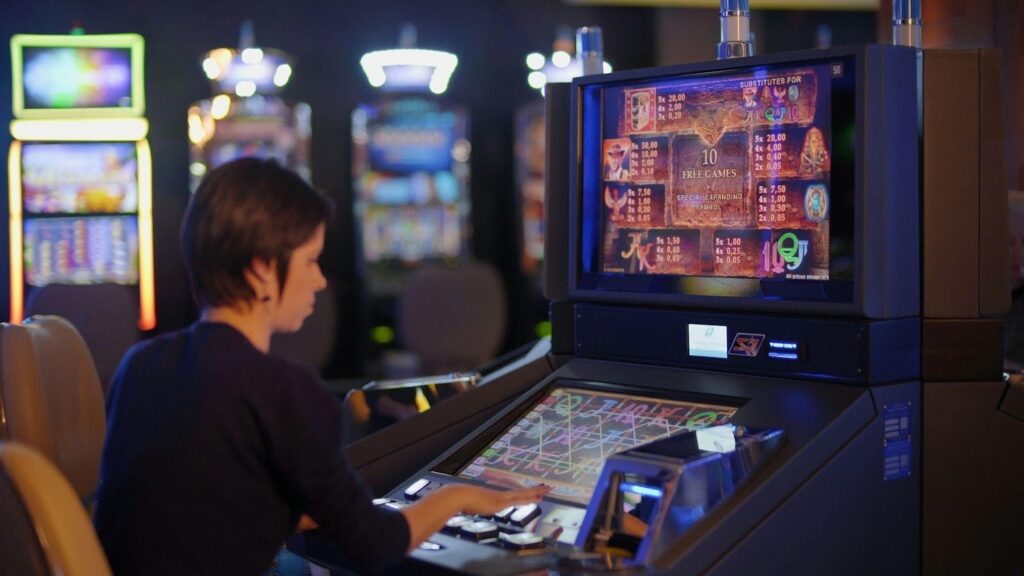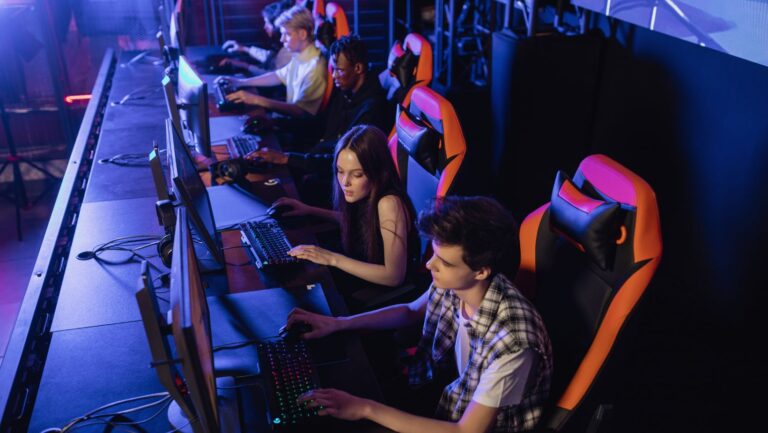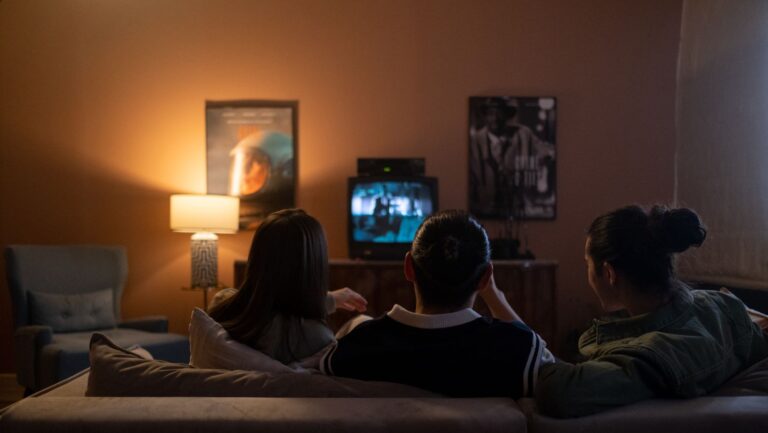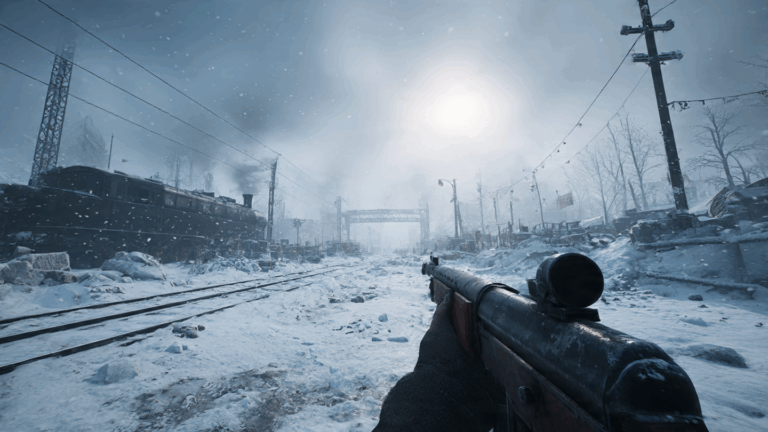If you’re a fan of Counter-Strike: Global Offensive (CS:GO), chances are you’ve heard about or even tried your hand at online skin gambling on platforms like CS:GOEmpire. This…
The world of online gaming is changing quickly, and the United Arab Emirates (UAE) is in a unique position right now. Known for its rich cultural heritage and…
If you thought the era of joystick battles and flashing machines was over, think again. Arcade games are back. They’re in trendy bars, amusement halls, and even in…
Mobile gaming has already transformed how we play, offering endless entertainment in the palm of your hand. By 2026, the experience will feel even closer to console-level gaming,…
Innovation and creativity are crucial resources in the casino industry. Yet, amid all the hyper-realistic visuals and modern technologies, one trend stands out: nostalgia-themed slots. These are games…
The thrill of luck, hazard and exhilaration have always characterized gambling. Whether in dingy gambling dens or under the glare of neon lights in casinos, players were after…
When Forza Horizon 6 launches, competition will be fierce from day one. Every player will want to secure rare cars, legendary customizations, and massive credit balances to dominate…
It may seem overwhelming when you are playing Battlefield 6 for the first time. Maps are very large, and the armament fire is very hot, and understanding efficient…
Ever noticed how players seem to rage-quit at the same boss fight, yet your analytics only show a spike in level abandonment? That disconnect is exactly where Focus…
